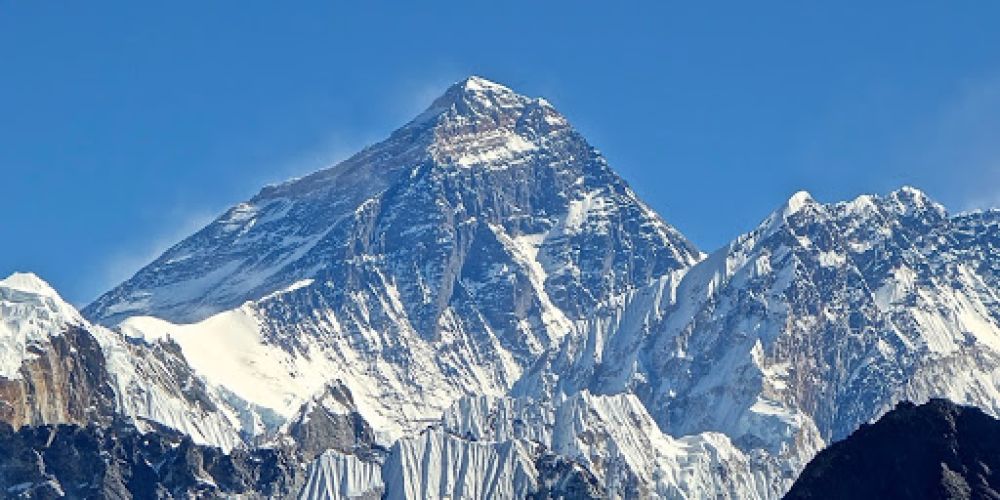

Mount Everest, known in Nepali as Sagarmatha and in Tibetan as Chomolungma, has long been the ultimate symbol of adventure and human endeavor. Standing at a staggering height of 8,848.86 meters (29,031.7 feet), it is the highest peak on Earth, drawing mountaineers from all corners of the globe. The mountain is located in the Mahalangur Himal sub-range of the Himalayas and is part of the famous Sagarmatha National Park.
The history of tourism in Nepal can be traced back to the early expeditions to Mount Everest. Prior to the 1950s, Nepal was largely closed off to foreigners. However, with the successful ascent of Mount Everest by Sir Edmund Hillary and Tenzing Norgay in 1953, Nepal's doors were thrown open to the world of adventure tourism. This historic event placed Nepal firmly on the map as a premier destination for climbers and trekkers alike.
Since then, tourism has become a significant pillar of the Nepalese economy. In the following decades, the rising popularity of trekking and climbing expeditions in Nepal led to the establishment of a multitude of trekking routes, guesthouses, and tourism-related businesses. The Annapurna Circuit, the Langtang Valley, and the Everest Base Camp trek are just a few of the iconic paths that attract thousands of visitors each year.
Designated a UNESCO World Heritage Site in 1979, Sagarmatha National Park is renowned for its stunning landscapes, rich biodiversity, and cultural heritage. Spanning over 1,148 square kilometers, it encompasses several peaks above 6,000 meters besides Everest, such as Lhotse, Cho Oyu, and Nuptse. The rugged terrain is home to various wildlife species, including the snow leopard, Himalayan tahr, and red panda.
The Sherpa community, renowned for their mountaineering skills and deep connection with the Himalayas, reside within the park. Their villages and monasteries are integral to the region's unique cultural fabric and offer a fascinating glimpse into traditional highland life.
Eco-Tourism and Sustainable Practices: Recognizing the importance of preserving its natural landscapes, Nepal has seen a growing emphasis on eco-tourism. Sustainable lodges and tours are increasingly prevalent, ensuring that tourism has a minimal environmental impact on the delicate ecosystem of the Himalayas.
Cultural Tourism: Beyond the quest for adventure, travelers are now seeking authentic cultural experiences. Homestays in Nepalese villages, cultural tours, and participation in local festivals have become sought-after activities.
Adventure and Wellness: Paragliding, white-water rafting, and mountain biking have supplemented traditional trekking excursions. Moreover, wellness tourism, rooted in the country's ancient practices of yoga and meditation, has been attracting tourists seeking spiritual and physical well-being.
Technology Integration: Advances in technology have made remote areas more accessible. Online booking platforms, GPS mapping, and mobile connectivity continue to transform how tourists navigate and experience their Himalayan adventures.
Nepal's journey in tourism is as vast and varied as the mountain ranges that sweep across it. From sacred peaks to lush valleys, the lure of this magnificent landscape continues to captivate the hearts of explorers around the world, promising endless adventures and serene escapes.